Here’s why knowing your Fitzpatrick Skin Type is important. If you get a raised or discolored scar, you have to go through this ordeal like me. I have 2 scars that have not healed well. I’ll be testing these Scarguard MD treatments on them over the next 2 months.
1. Scarguard (on left) is for a raised scar on my ear. I hope this will flatten the scar.
The raised scar is 19 months old, so we’ll see if a treatment can make a difference now. This silicone gel scar treatment is best for new scars.
2. Scarlight (on right) is for a discolored scar on my foot. I hope this will lighten the color of the scar.
This lightening treatment contains 2% Hydroquinone as its active ingredient. Be careful about Hydroquinone if you have a darker skin tone (Fitzpatrick Type 4-6). Hydroquinone at concentrations over 2% can cause undesirable color changes on darker skin tones. It is also a controversial ingredient for its potential to cause irritation or allergy in some people. I don’t have any issues, so this treatment is fine for me.
Both bottles come with a brush (like a nail polish bottle), which makes it easy to apply the treatment on specific areas of skin.
Photos at Day 0 (Before Treatment)
Raised Scar
This scar on my ear was due to a 2 cm laceration that required stitches. The scar healed into a line. Over time, the scar became more raised and wider. This is known as hypertrophic scarring, which is a risk for Fitzpatrick Types 4-6 and some Type 3’s (me).
It is normal for a wound of this sort to slowly remodel itself over a couple years. So the hypertrophic scarring is not unusual in my skin type.
Discolored Scar
This scar was due to a minor, superficial scratch on my foot, from hitting it against a door. The scratch was so innocuous, it barely bled. But look at what it did!
The scratched healed right away (skin closed), but it led to a discolored scar. The discoloration also exceeded the initial border of the scratch, which was a line.
You can read more about this scar here and what I could’ve done to prevent the discoloration.
Related Reading:
Want articles delivered straight to your inbox? Sign up here.

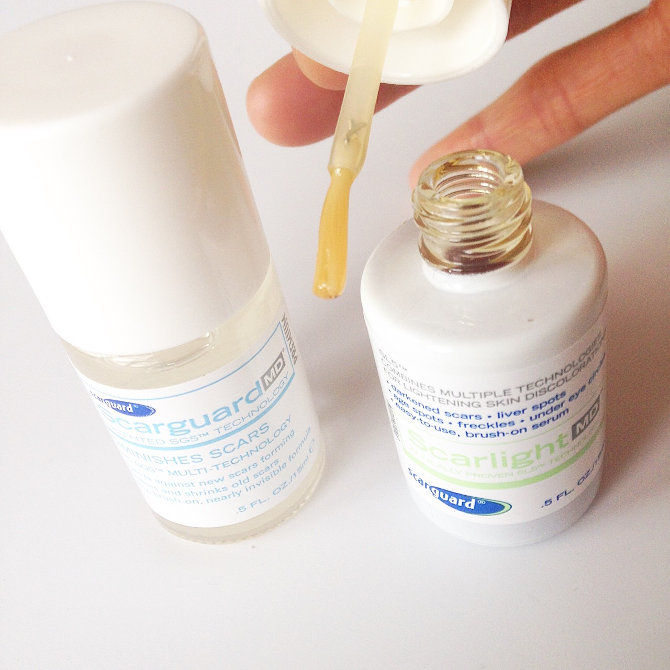

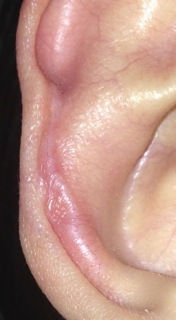
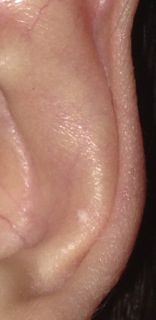
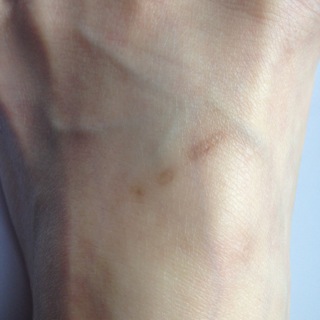
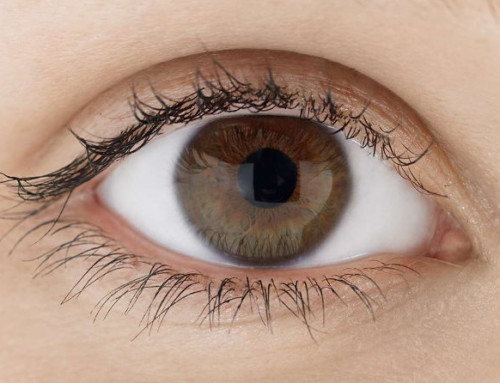
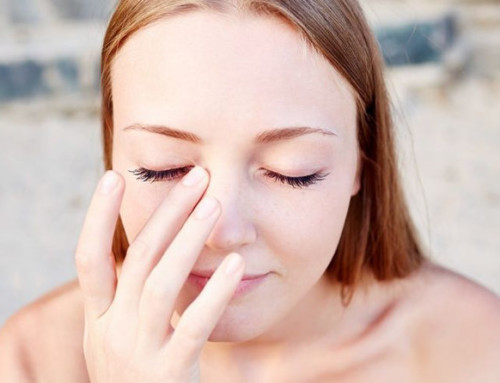
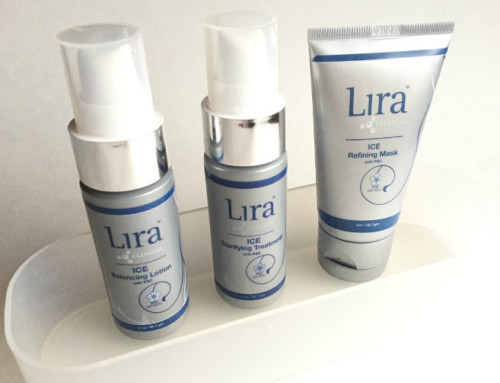

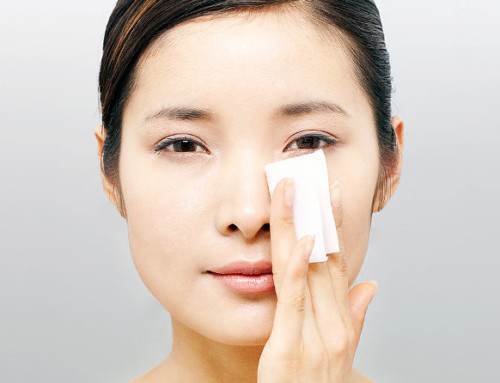
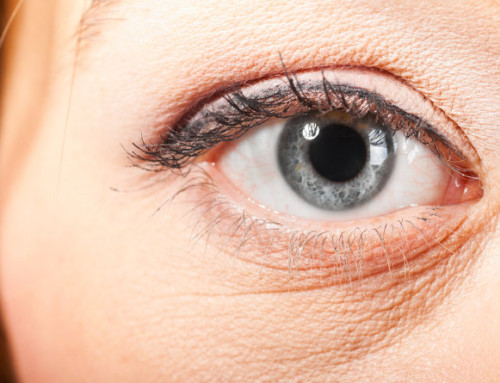
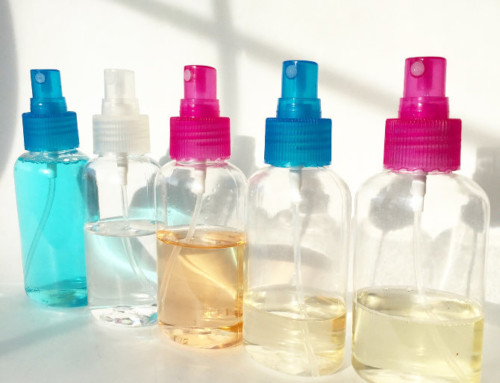
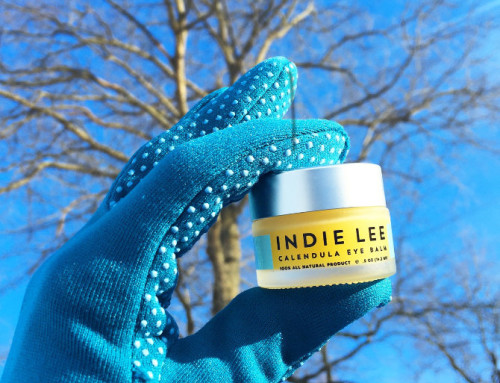
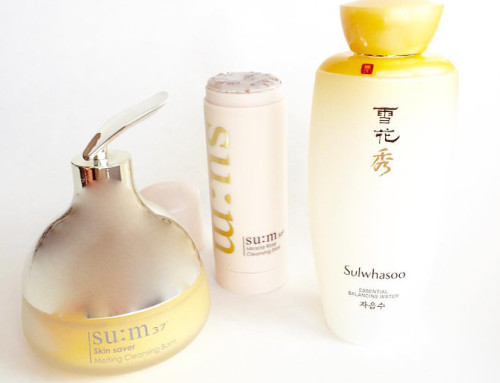
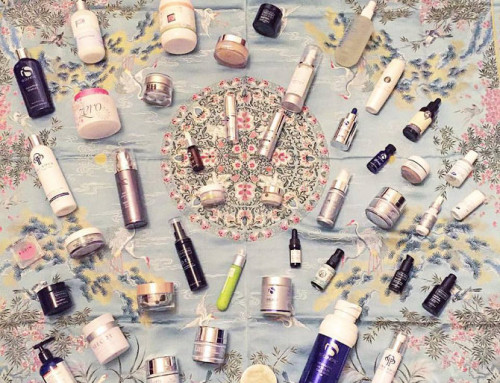
Do you have any recommendations for treating keloids?
Keloids are tough to treat topically, unfortunately. Most effective treatment for reducing its size is to get a steroid injection by a dermatologist.
When a scar is just beginning to form (it’s fresh), a silicone gel (like the Scarguard) can help minimize excess tissue growth.
Thanks for your reply, Rita. Unfortunately, my keloids are old – and although I’ve had steroid injections before and they do reduce initially, once I stop getting the injections, they grow back =(
I’m sorry to hear they keep growing back 🙁